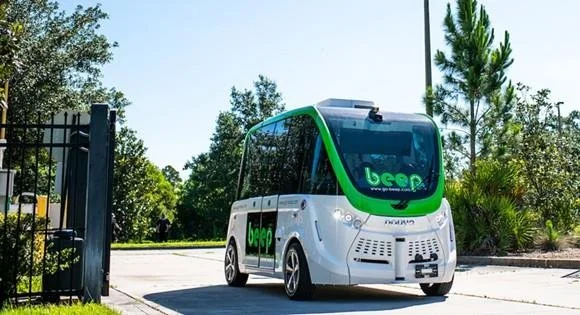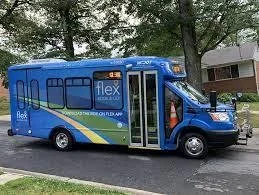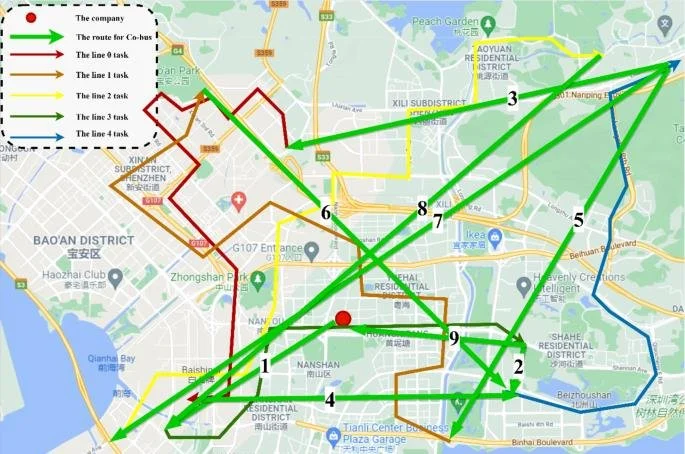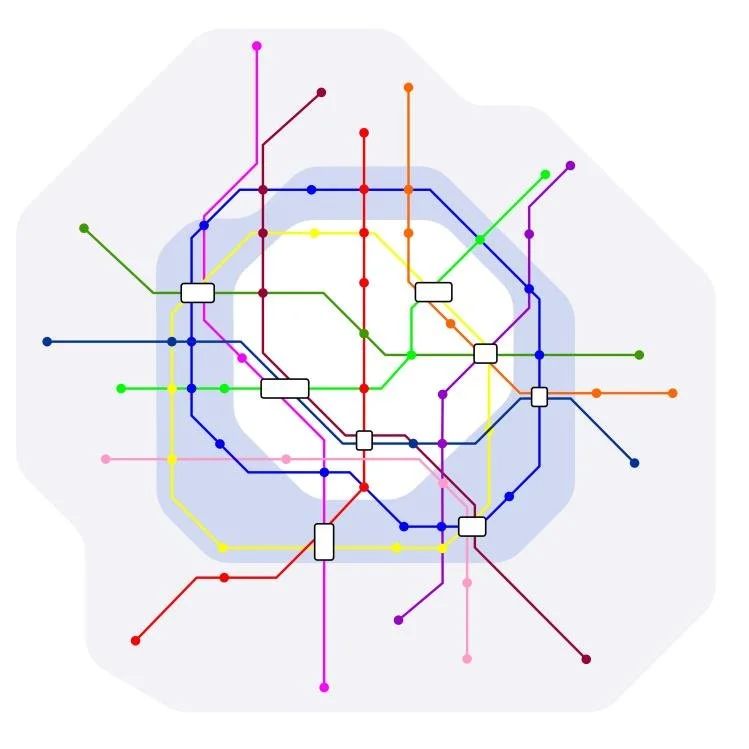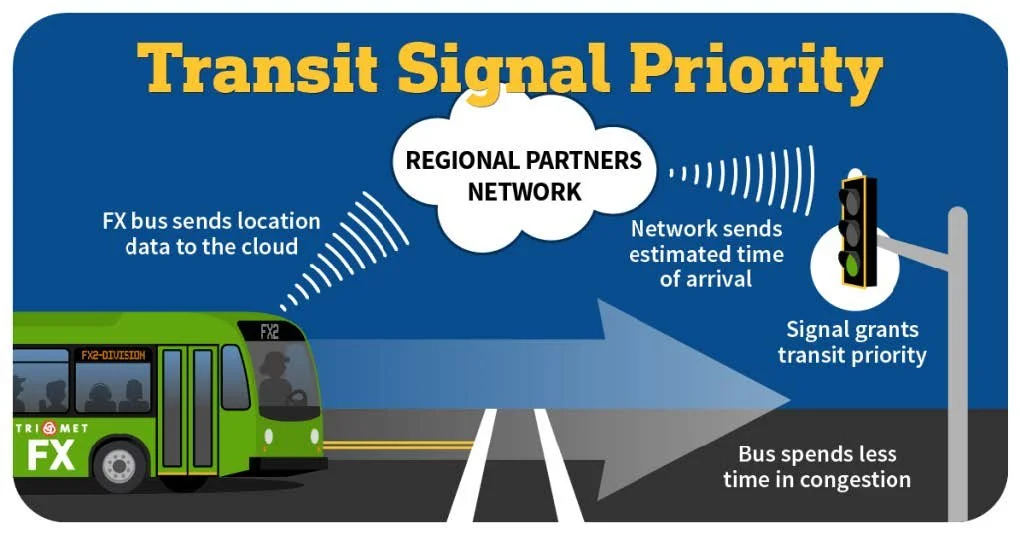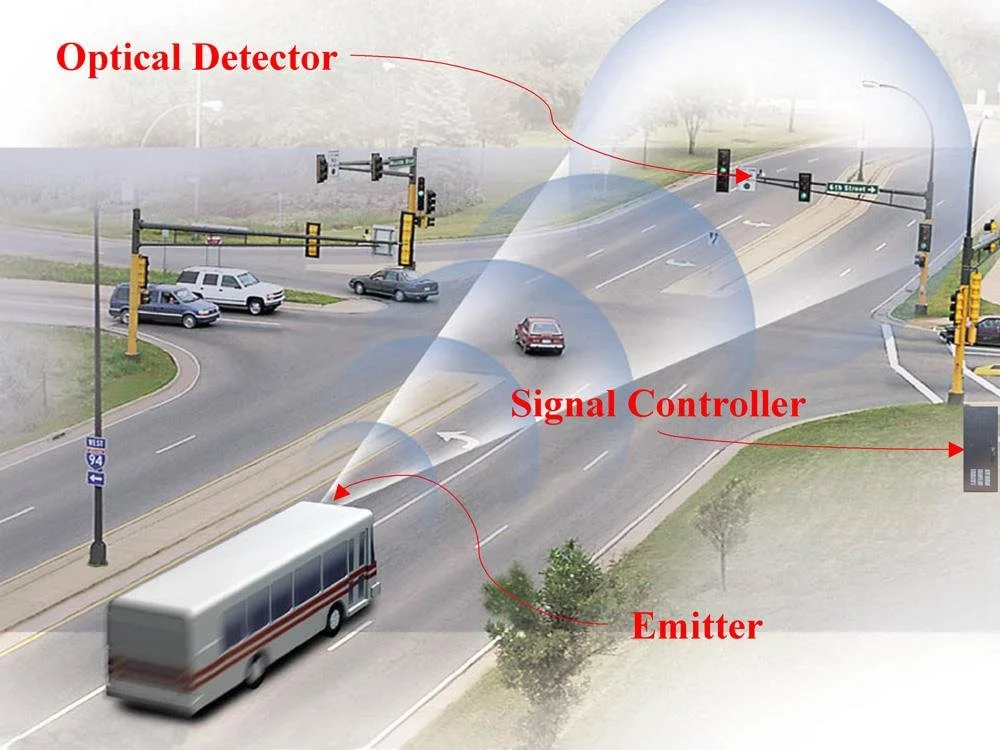Transit
Transit integrates innovations like microtransit/AV shuttles, optimized transit routes, and transit signal priority to improve efficiency, reliability, and connectivity for public transportation users.
microtransit/av shuttles
A new approach to public transportation offering on-demand, shared rides in designated zones using smaller vehicles like minivans or shuttles. Advanced technology optimizes routing and scheduling for efficiency.
Costs
Autonomous shuttles: $230,000 to $600,000
Self-driving technology: $10,000 to
$100,000+ depending on automation level
Key Considerations
Service area coverage
Route planning and optimization
Regulatory compliance
Safety measures
Solutions for first- and last-mile connectivity
Pros
Improved accessibility
Increased flexibility
Agency cost savings
Cons
Higher cost per rider
Scalability issues
Increased traffic congestion
Representative Use Cases
Montgomery County
Field Conditions
Works in both urban and rural areas with fixed-route or on-demand transit services.
optimized transit routes
Transit routes that have been designed to be as efficient as possible in terms of travel time, cost, and passenger experience.
Costs
Software: $10-$600 per month
Implementation costs: vary depending on number of routes, stops, etc.
Key Considerations
Travel time and delays
Fuel usage and operating costs
Population density and rider demographics within the service area
Pros
Reduced travel time
Lower costs
Improved efficiency
Cons
Inconvenience for some riders
Potential disruptions to service
Data security concerns
Representative Use Cases
Edmonton, Canada
Field Conditions
Best suited for areas with existing or planned transit routes where on-demand shared transit can complement and enhance public transportation options.
transit signal priority (Tsp)
A system that extends green light times and reduces red light durations for transit vehicles approaching intersections, helping to improve transit efficiency and reduce delays.
Costs
Installation ranges from $5,000 to $30,000 per intersection.
Key Considerations
Whether to implement TSP along entire corridors or at specific intersections
Potential impacts on other roadway users
Characteristics of the intersection
Choice between passive (pre-timed) and active (real-time) TSP systems
Pros
Reduced transit travel time
Improved reliability
Better commute experience
Cons
Increased delays for other vehicles
Coordination challenges
Impacts to pedestrians and cyclists
Representative Use Cases
Boston (MBTA)
Field Conditions
Ideal for existing or planned transit routes that run along signalized corridors, where Transit Signal Priority can effectively improve transit flow and reduce delays.
Source: https://busride.com/1142/


